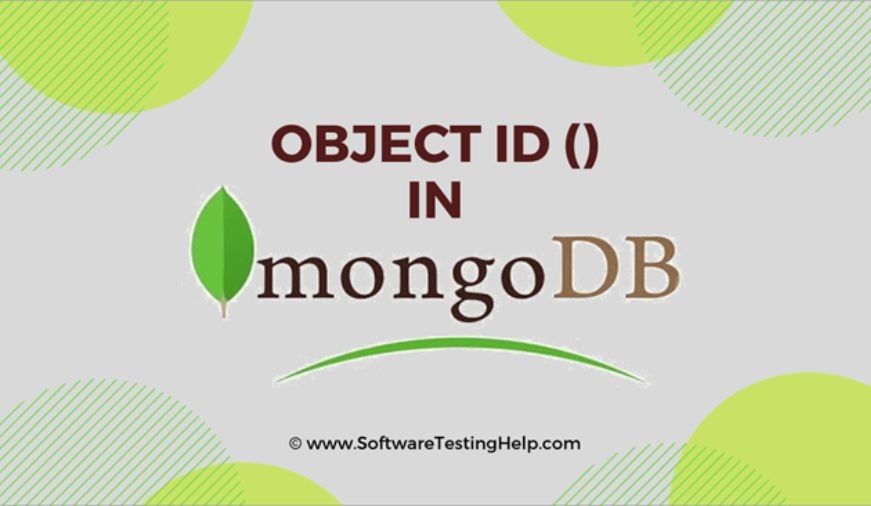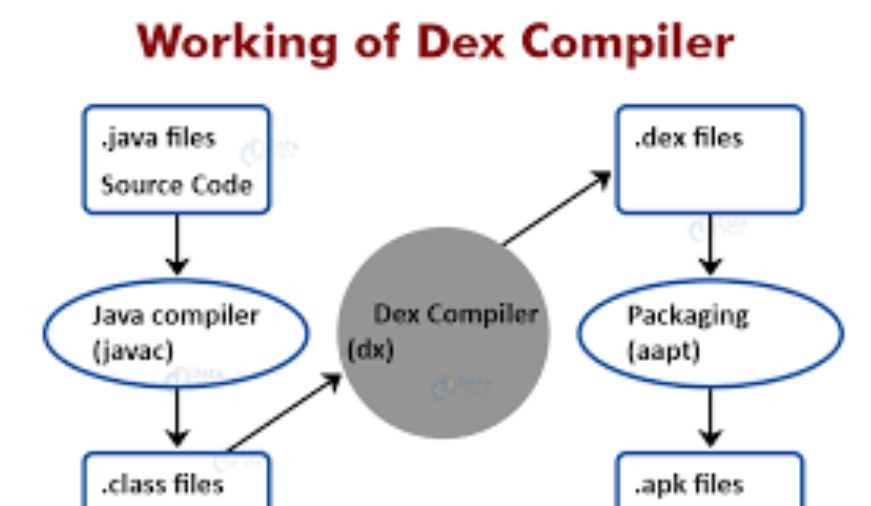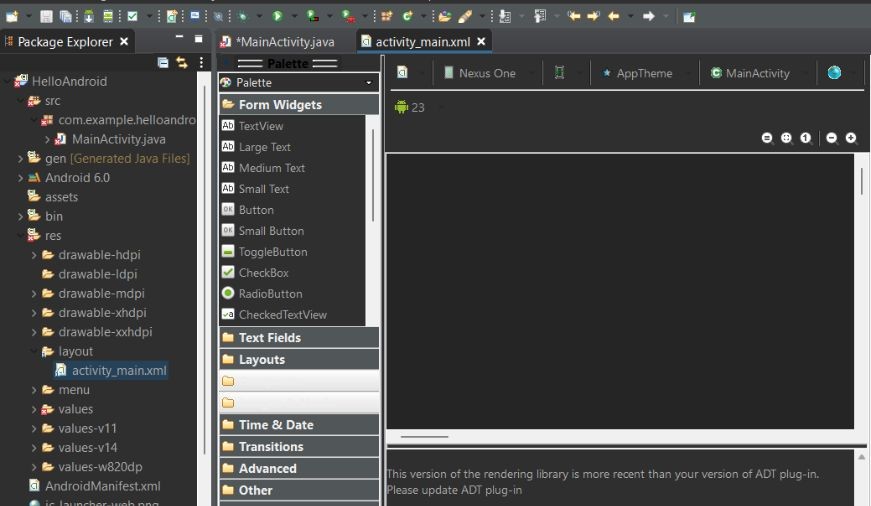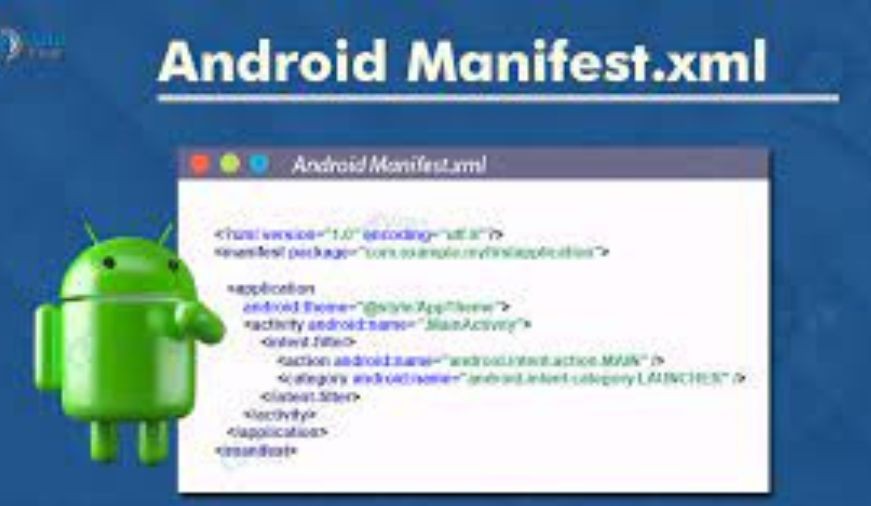
What is MongoDB - ObjectId
We have been using MongoDB Object Id in all the previous chapters. In this chapter, we will understand the structure of ObjectId.
An ObjectId is a 12-byte BSON type having the following structure −
- The first 4 bytes representing the seconds since the unix epoch
- The next 3 bytes are the machine identifier
- The next 2 bytes consists of process id
- The last 3 bytes are a random counter value
MongoDB uses ObjectIds as the default value of _id field of each document, which is generated while the creation of any document. The complex combination of ObjectId makes all the _id fields unique.
Creating New ObjectId
To generate a new ObjectId use the following code −
>newObjectId = ObjectId()
The above statement returned the following uniquely generated id −
ObjectId("5349b4ddd2781d08c09890f3")Instead of MongoDB generating the ObjectId, you can also provide a 12-byte id −
>myObjectId = ObjectId("5349b4ddd2781d08c09890f4")Creating Timestamp of a Document
Since the _id ObjectId by default stores the 4-byte timestamp, in most cases you do not need to store the creation time of any document. You can fetch the creation time of a document using getTimestamp method −
>ObjectId("5349b4ddd2781d08c09890f4").getTimestamp()This will return the creation time of this document in ISO date format −
ISODate("2014-04-12T21:49:17Z")Converting ObjectId to String
In some cases, you may need the value of ObjectId in a string format. To convert the ObjectId in string, use the following code −
>newObjectId.str
The above code will return the string format of the Guid −
5349b4ddd2781d08c09890f3



0 comments